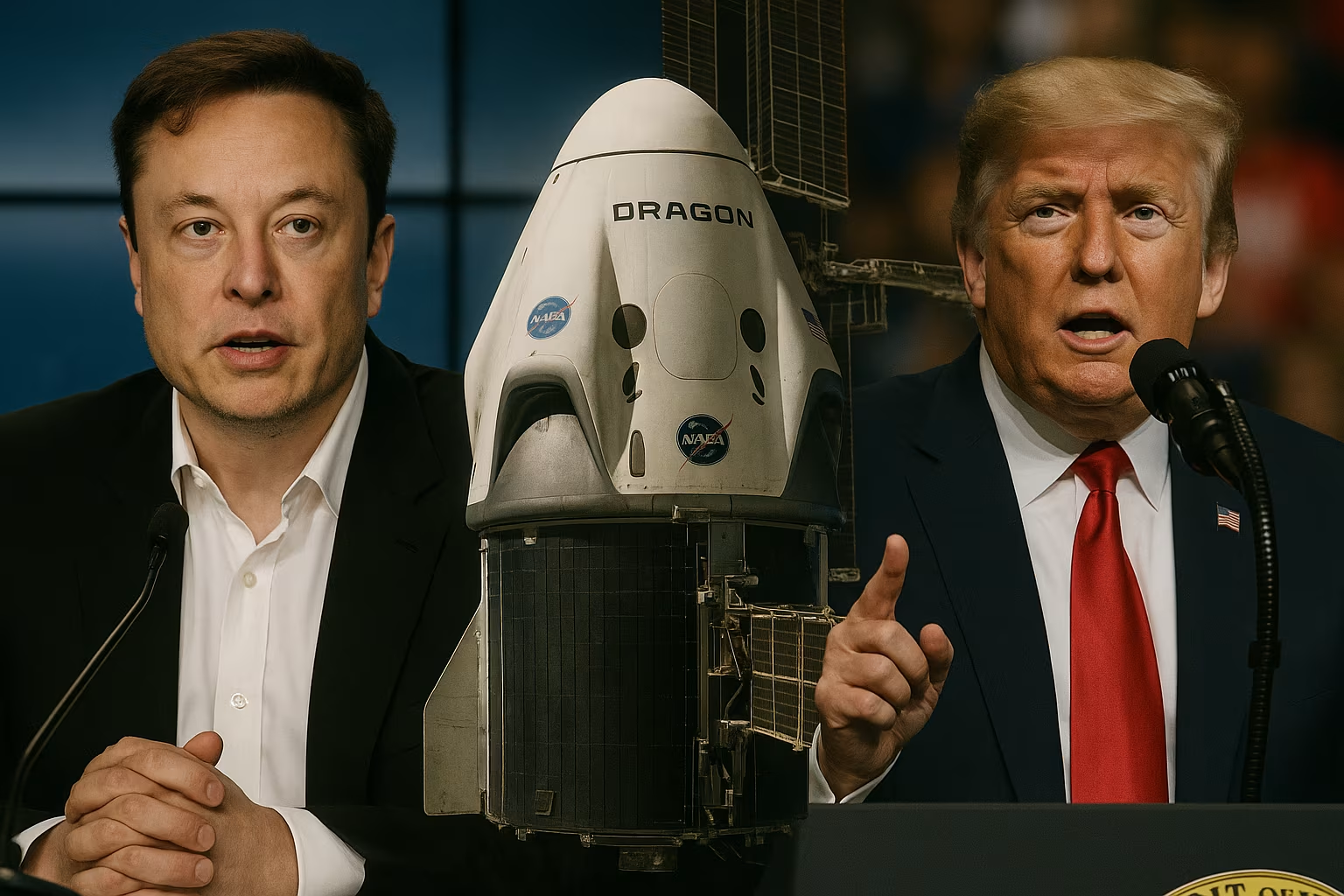Intel’s chief executive is under intensifying scrutiny as questions resurface about the company’s decades-long business ties with China’s semiconductor sector and the CEO’s past board-level involvement in ventures with strategic implications. The renewed attention comes at a time when U.S.-China technology tensions are at their peak, placing corporate decision-making in the semiconductor industry under a geopolitical microscope.
With Washington’s focus on reducing reliance on China for advanced technology and manufacturing, the spotlight is now on past corporate strategies that prioritized market expansion over national security considerations. For Intel, this history is a delicate topic—balancing shareholder value, global competitiveness, and political realities.
A Longstanding Footprint in China
For more than two decades, Intel has cultivated deep ties with China’s technology ecosystem. The company invested in local research centers, partnered with domestic firms, and built manufacturing and assembly facilities in the country to support its global supply chain. These moves were driven largely by the rapid growth of China’s electronics market and the potential to position Intel as a dominant player in one of the world’s largest consumer and industrial technology hubs.
At the time, such investments were viewed as a pragmatic strategy to capture growth and secure supply chain efficiencies. But in today’s geopolitical climate, those same decisions are being reexamined through the lens of national security and technological self-sufficiency.
The CEO’s Role and Board Involvement
Before assuming the role of chief executive, Intel’s current leader served in various senior positions both within the company and on external boards, including collaborations involving Chinese technology ventures. Critics argue that some of these affiliations—while common in global corporate governance—could be perceived as strengthening China’s capabilities in areas now considered strategically sensitive.
Supporters counter that the CEO’s international experience and relationships were valuable assets for Intel during a period of aggressive global expansion. They note that corporate boards often navigate complex geopolitical environments and that decisions made years ago were based on different market conditions and policy priorities.
Geopolitical Context: From Partner to Strategic Rival
The broader context for this scrutiny is the fundamental shift in U.S.-China relations over the past decade. Once seen primarily as an economic partner, China is now regarded as a strategic rival in critical technology sectors, including semiconductors, AI, and telecommunications infrastructure.
U.S. policymakers have introduced export controls, investment restrictions, and supply chain security measures to limit China’s access to advanced chipmaking technologies. For executives with a legacy of engagement in China’s semiconductor sector, this shift has amplified political and public attention.
Strategic and Reputational Risk
For Intel, the challenge lies in maintaining its position as a global leader while aligning with evolving U.S. policy objectives. The company remains heavily invested in its U.S. manufacturing expansion and advanced process technology development, yet it continues to operate in international markets, including China.
From an investor standpoint, the CEO’s historical ties to China present both a reputational risk and a potential operational vulnerability. In an era when government policy can directly impact market access, every past and present relationship is subject to heightened scrutiny.
Navigating a New Era of Tech Leadership
Intel’s leadership has been emphasizing its commitment to U.S.-based manufacturing and supply chain resilience, including multi-billion-dollar investments in Arizona, Ohio, and Europe. These projects aim to reposition the company as a cornerstone of domestic and allied semiconductor production, reducing dependency on overseas facilities.
The CEO has also signaled a focus on rebuilding Intel’s technological edge against global rivals, particularly in the high-performance computing and AI markets. This includes accelerated product roadmaps, partnerships with U.S. cloud providers, and renewed emphasis on research and development.
Balancing Global Operations with Policy Compliance
Operating in the semiconductor sector inevitably requires a global footprint, given the distributed nature of chip design, fabrication, packaging, and assembly. For Intel, the task is to navigate this reality while complying with stricter U.S. export controls and maintaining trust with policymakers.
This balancing act is especially delicate when leadership history includes deep engagement in regions now considered high-risk. Transparent communication with regulators, shareholders, and the public will be essential to preserving credibility and avoiding political fallout.
Investor Perspective
Investors are closely watching how Intel’s leadership manages this scrutiny. While some see the CEO’s international background as an asset that equips the company to navigate global challenges, others worry that historical associations with China could complicate Intel’s access to government contracts, subsidies, and favorable policy treatment.
Ultimately, market sentiment will hinge on Intel’s execution of its domestic manufacturing expansion, its ability to deliver competitive products, and its capacity to insulate operations from geopolitical disruptions.
The renewed focus on Intel’s historical China ties is part of a broader shift in how technology leadership is evaluated in an age of geopolitical rivalry. Executives are now judged not only on financial performance but also on how well their corporate histories align with national security priorities.
For Intel, the stakes are high. As the company works to reestablish its dominance in the semiconductor industry, its CEO must navigate both the technical and political dimensions of the role—proving that past decisions made in a different era do not hinder the company’s future.





